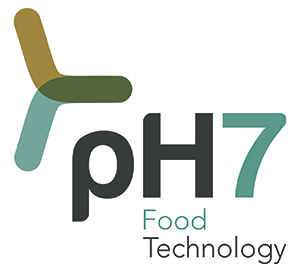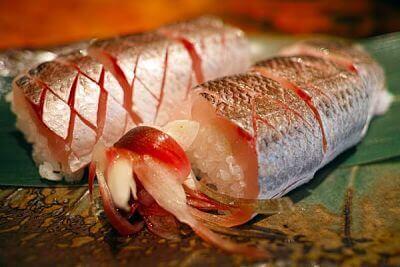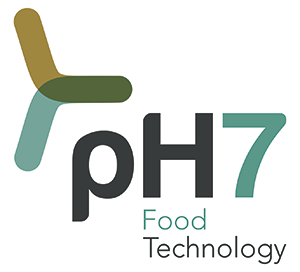Despite being in the majority of the food we eat, food additives are too often complete strangers. The use of these components is very particular because they are not ingredients; their function has more to do with product elaboration and also its subsequent conservation and/or transportation. These components are elements of many products we consume, and despite they are often thought as a modern invention, they have been used for centuries.
There are many properties attributable to food additives; these components provide food with a more attractive appearance to the consumer without affecting its nutritional properties. Some of their uses are:
- Improve food conservation.
- Modify characteristics like smell, flavour or colour.
- Contribute to the elaboration process with its stabilizing properties and also changing the structure and/or physical aspects of food.
Their status as food components, make them appear on the labeling of any food packaging: additives are designated by the letter “E” and are followed by three or four digits: the first one indicates the category to which this component belongs; the second one indicates the family of the additive, and the others designate more precisely what kind of substance are.
Following this classification we have:
- E-1XX: colourings.
- E-2XX: preservatives.
- E-3XX: antioxidants.
- E-4XX: stabilizers, emulsifiers, thickening agents and gelling agents.
- E-5XX: anti-caking agents, acidulants and acidity regulators.
- E-6XX: flavor enhancers.
- E-9XX: artificial sweeteners and others.
The properties of each of these food additive classifications changes depending on the type: for example, antifoams prevent or reduce foaming in products; gelling agents serve to add a specific texture to the food through the formation of a gel; antioxidants are capable to extend the life of the food once are kept in warehouses (protected against the effect of oxidation) and the artificial sweeteners add a sweet touch to any product, despite coming from a different source than sugar.
It is very logic that some rules or mechanisms should be followed given the widespread use of food additives. There are three basic conditions for the correct use of any food additive:
- A technological need has to be demonstrated, which cannot be supplied by other methods (both technological and economic).
- These food additives and its dose cannot represent a threat to consumer’s health.
- Consumers cannot be misled in any case.
In addition to these three conditions there are other aspects to have in consideration, all based on the ideas of responsible use: the utilization of these components have to represent a technological advantage and a benefit for the consumer:
- The conservation of the nutritional qualities of food.
- An enhance of the product stability or the improvement of its organoleptic properties.
- This use has to lead to an improvement of the processes related to the manufacture, transformation or storage of food as long as this does not suppose to disguise defective parts.




